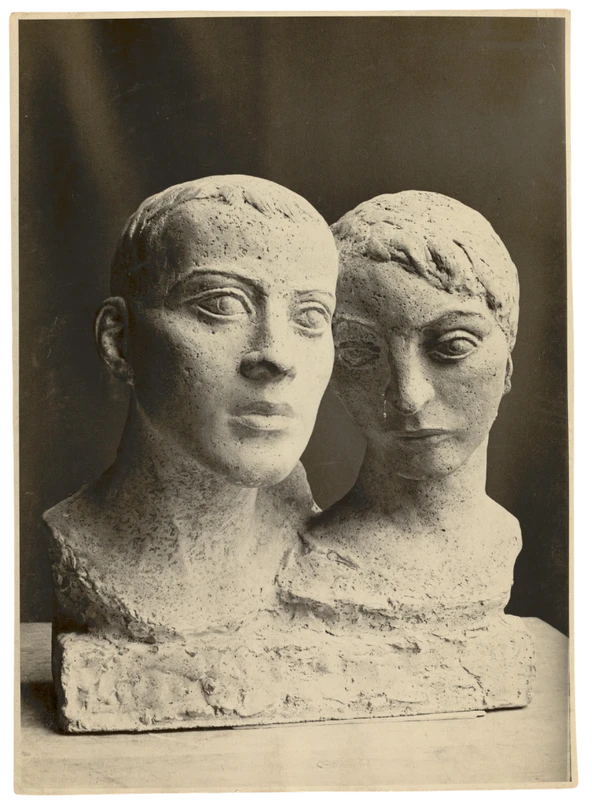Fred Kormis: Sculpting the Twentieth Century
20 Sep 2024-6 Feb 2025


The Wiener Holocaust Library’s latest exhibition surveys the life and career of Jewish émigré sculptor Fred Kormis.
It will reunite some of the most important of his diverse works, from the woodcut prints he produced in a Prisoner of War camp, to the medallions he made of leading figures in British life, as well as some of his larger sculptural works, which include the first memorial in Britain to the victims of Nazi concentration camps.
Born in 1894 in Frankfurt into an Austrian and German Jewish family, sculptor and printmaker Fred (Fritz) Kormis’ life and career were shaped and disrupted by some of the most significant events of the twentieth century.
Kormis saw action and was wounded in the First World War as part of the Austrian army, before being held for four years as a prisoner of war in Siberia.
He worked as an artist during the politically and culturally tumultuous Weimar period, and during the Nazi era revealed himself to be Jewish, a decision that led to the removal of his art from galleries. Kormis and his wife Rachel Sender left Germany in 1933, and many of the works he left behind in Germany were lost.
In exile in relative poverty in Britain from 1934, Kormis formed deep links with many in the Jewish refugee community in London. During the war he had to rebuild his life and career once again, when his studio and much of the work he had produced in Britain were destroyed in an air raid.
Kormis’ artistic practice was varied and evolved over time, but his experiences as a prisoner of war created in him a lifelong preoccupation with memorialising and representing in sculptural form the emotional impact of captivity. This theme culminated in the 1960s in his Prisoner of War and Concentration Camp Victim memorial in Gladstone Park in London.
Fred Kormis repeatedly saw his career interrupted and his work damaged or destroyed, and the documentary record of his life before exile is fragmentary. This exhibition reunites a diverse range of Kormis’ artworks, borrowed from collections around the UK, and it recreates aspects of his life and career, drawing upon documents and photographs lodged at The Wiener Holocaust Library.
The exhibition attests to the versatility of Kormis’ practice as well as his ability to respond empathically to the human impact of the historical events, including the First World War and the Nazi era.